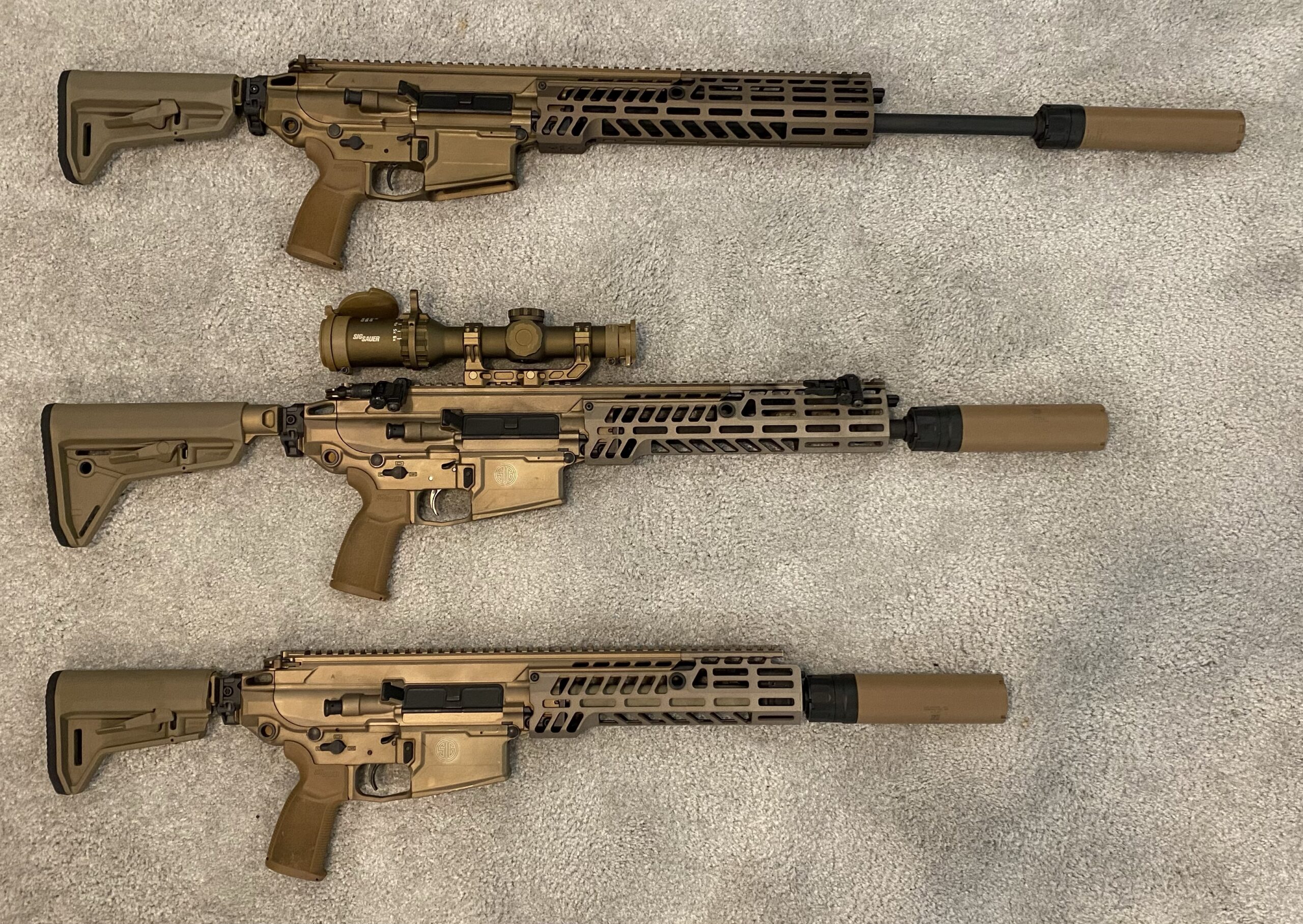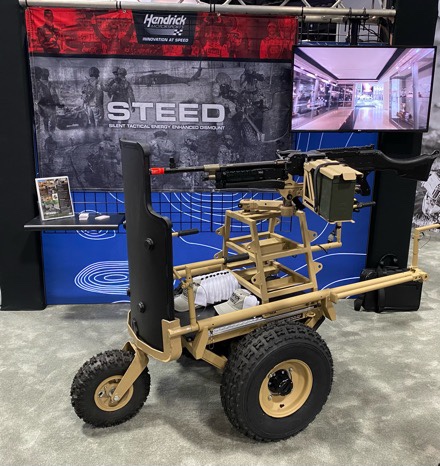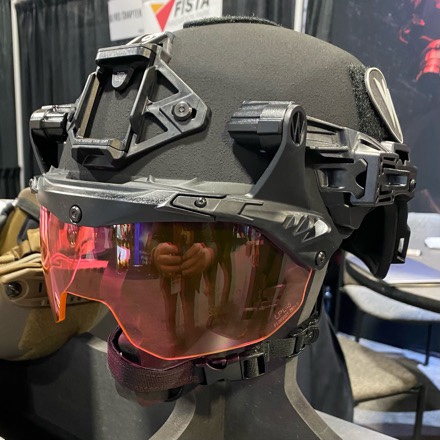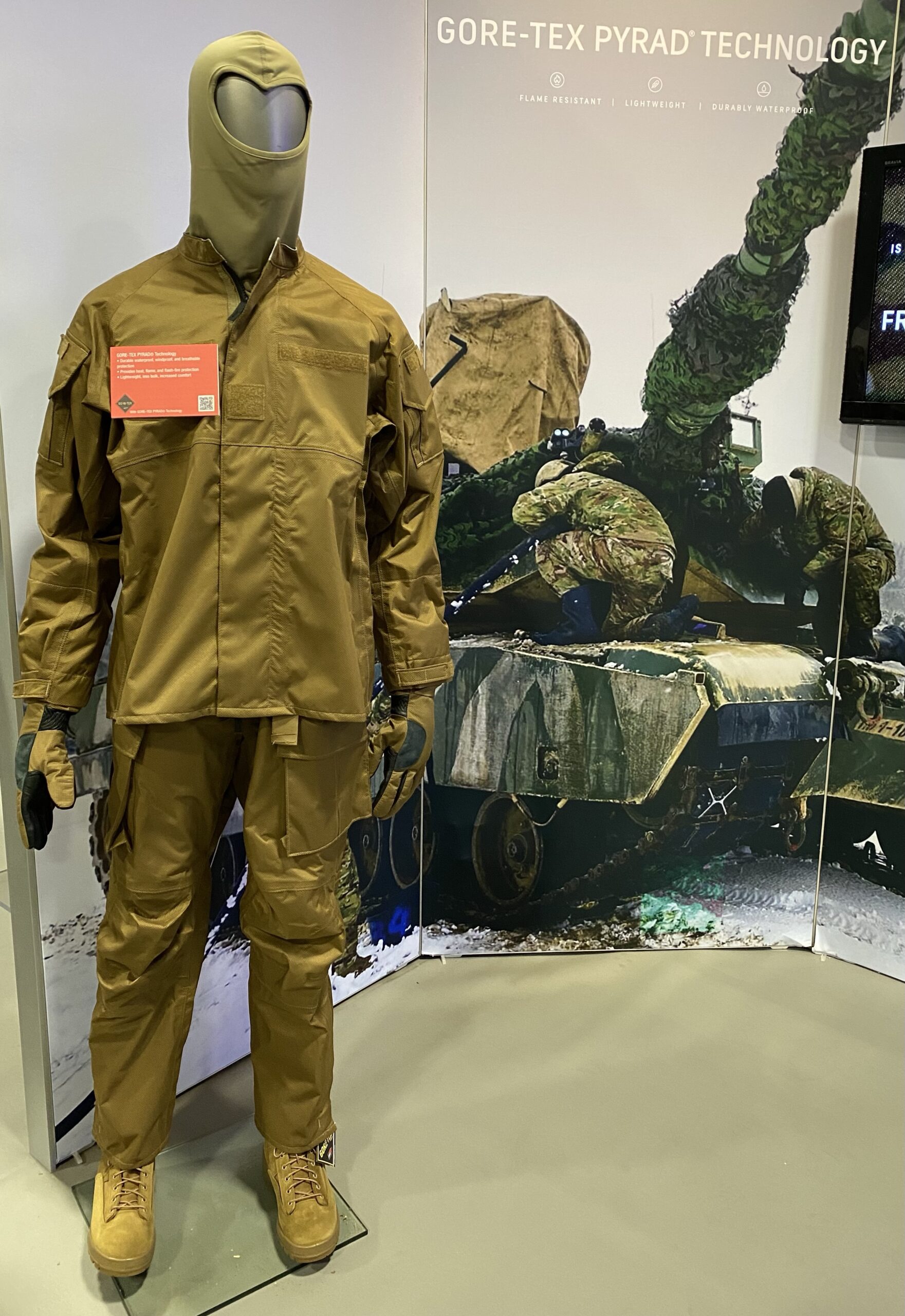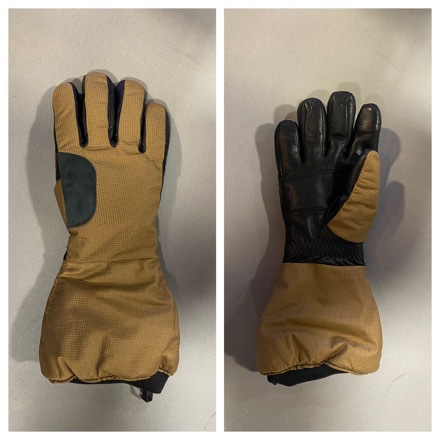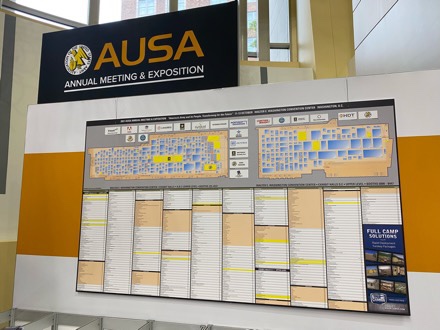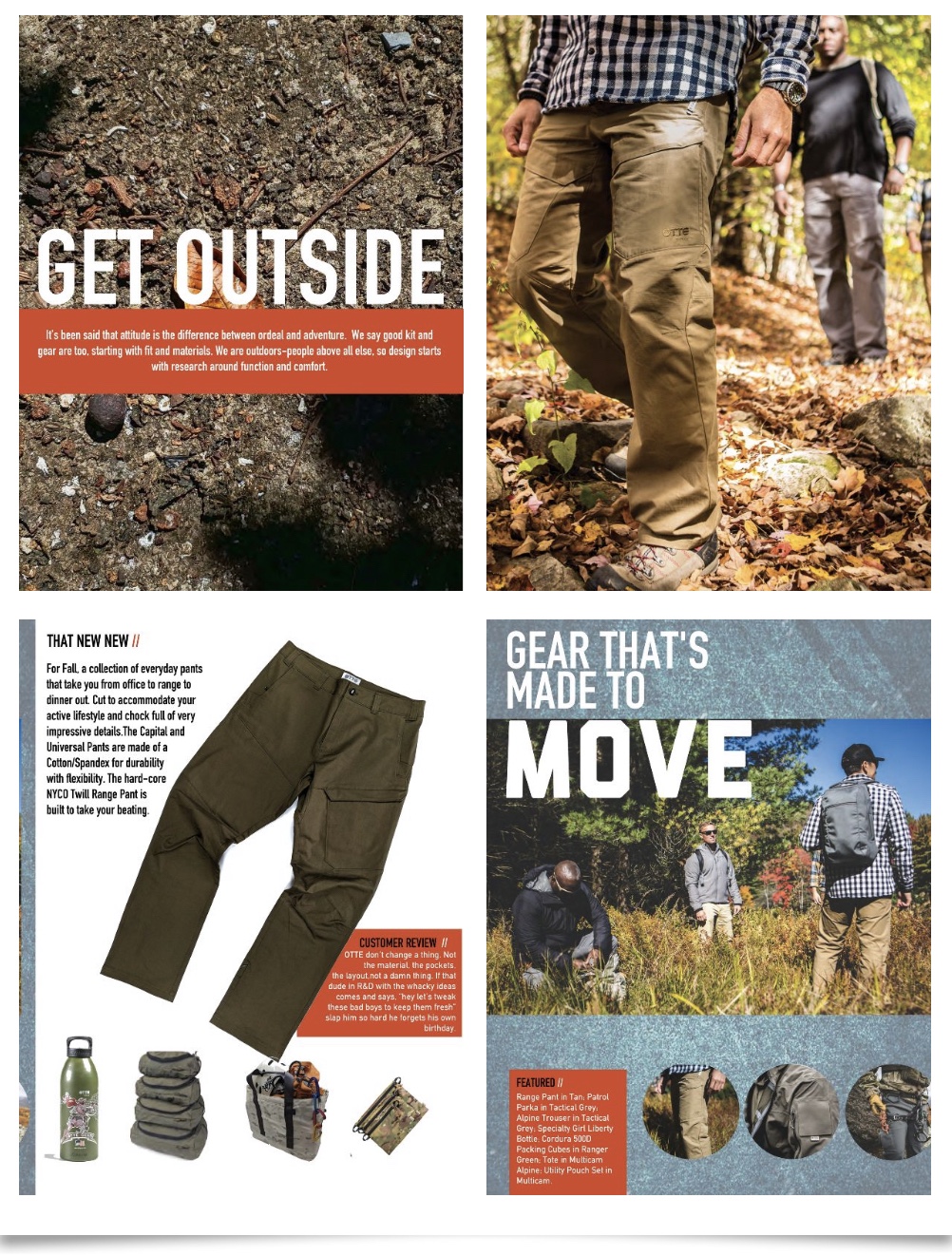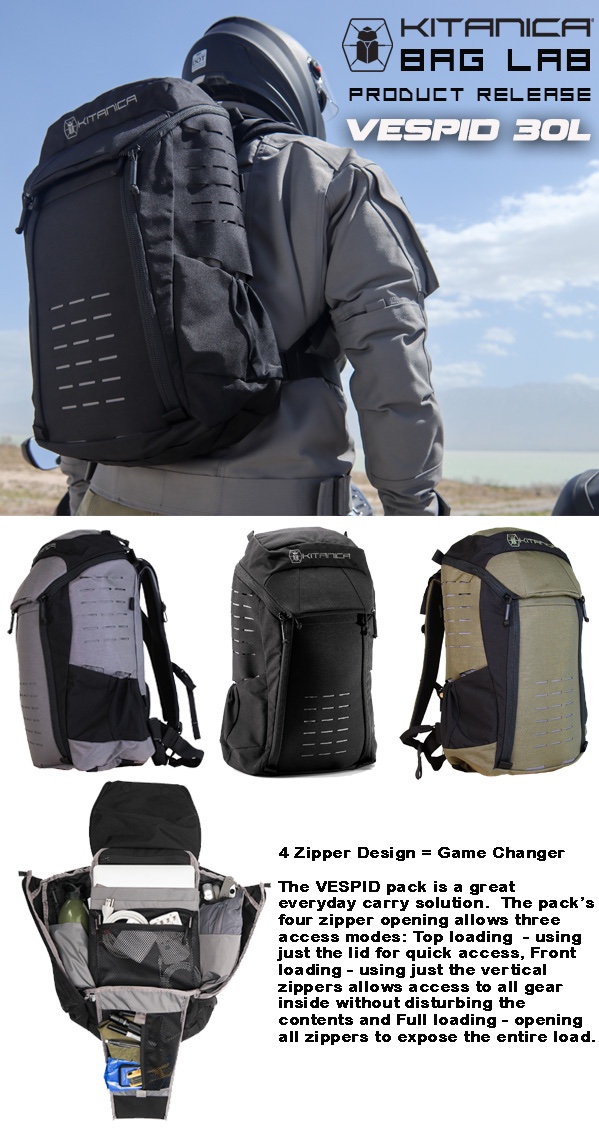October 10, 2021 – Israel Aerospace Industries (IAI) has been selected by Israel’s Ministry of Defense (IMoD) as the prime contractor and integrator for developing the concept and technologies for the future Armored Fighting Vehicle for the IDF – the Carmel – following IAI winning a demonstration of the technologies between Israel’s defense companies. At the conclusion of a successful live demonstration of a two-man, closed hatches armored fighting vehicle (AFV), IAI was selected by the IMoD to develop the next phase of the Carmel: development and demonstration of technologies for a multidimensional combat team, which will enable significant improvement in the system maneuverability.
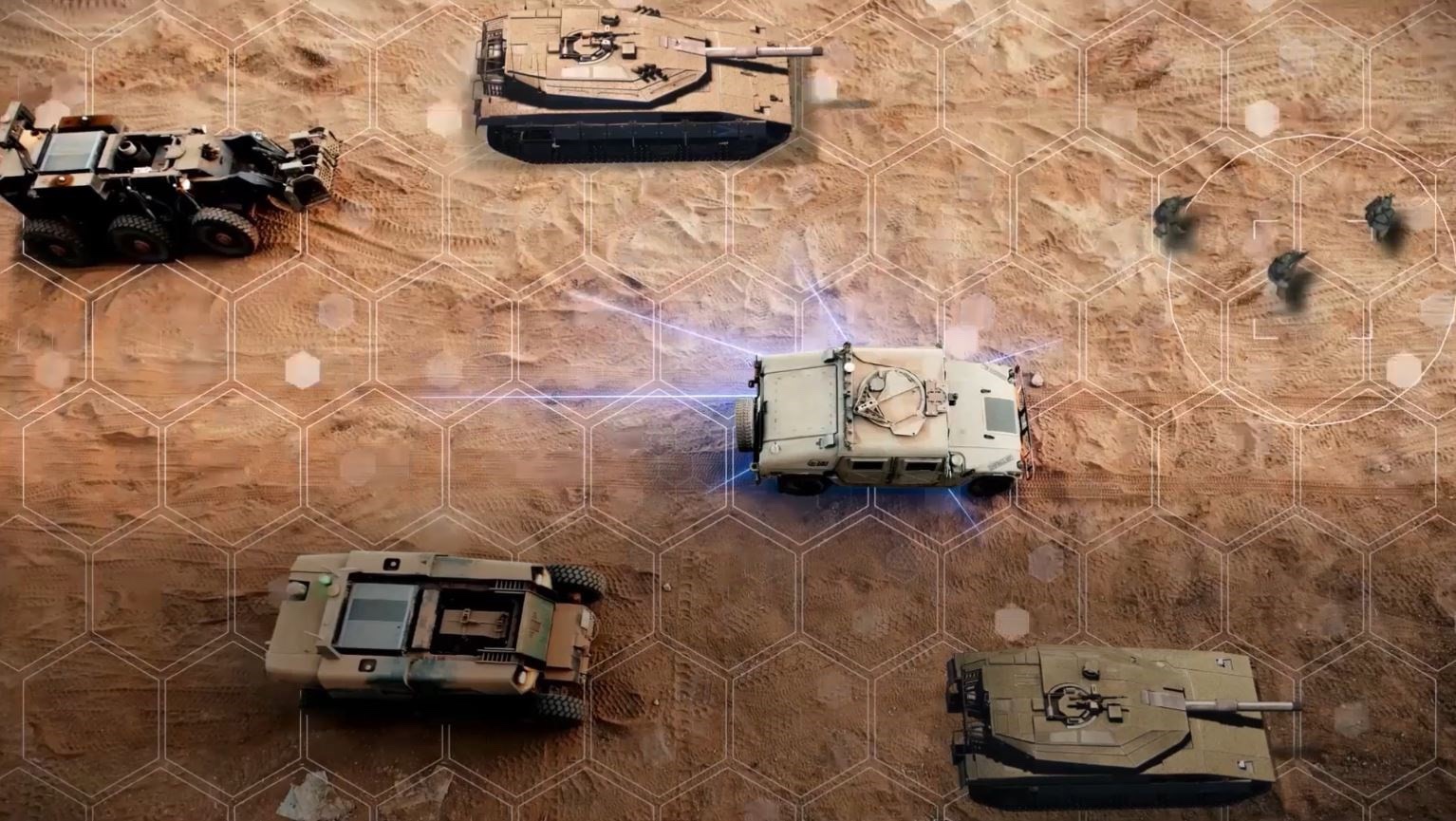
With the Carmel demonstration, IAI has developed and proven a combat concept in which an AFV, with closed hatches, is operated by a two-man man crew and can successfully cope with existing and future challenges on the battlefield. This solution is based on automatic and autonomous systems that complement the two-man team, and operate the central subsystems – the vehicles’ mission planning and management, situational awareness, driving and lethality. These capabilities allow the team to define, supervise and interfere only when there is a necessity or need, and enables to cover a wider area of concern while effectively meeting the challenges faced by the maneuvering forces. The system has the ability to locate and destroy time-sensitive targets with small footprints, through quick acquisition and effective engagement of targets.
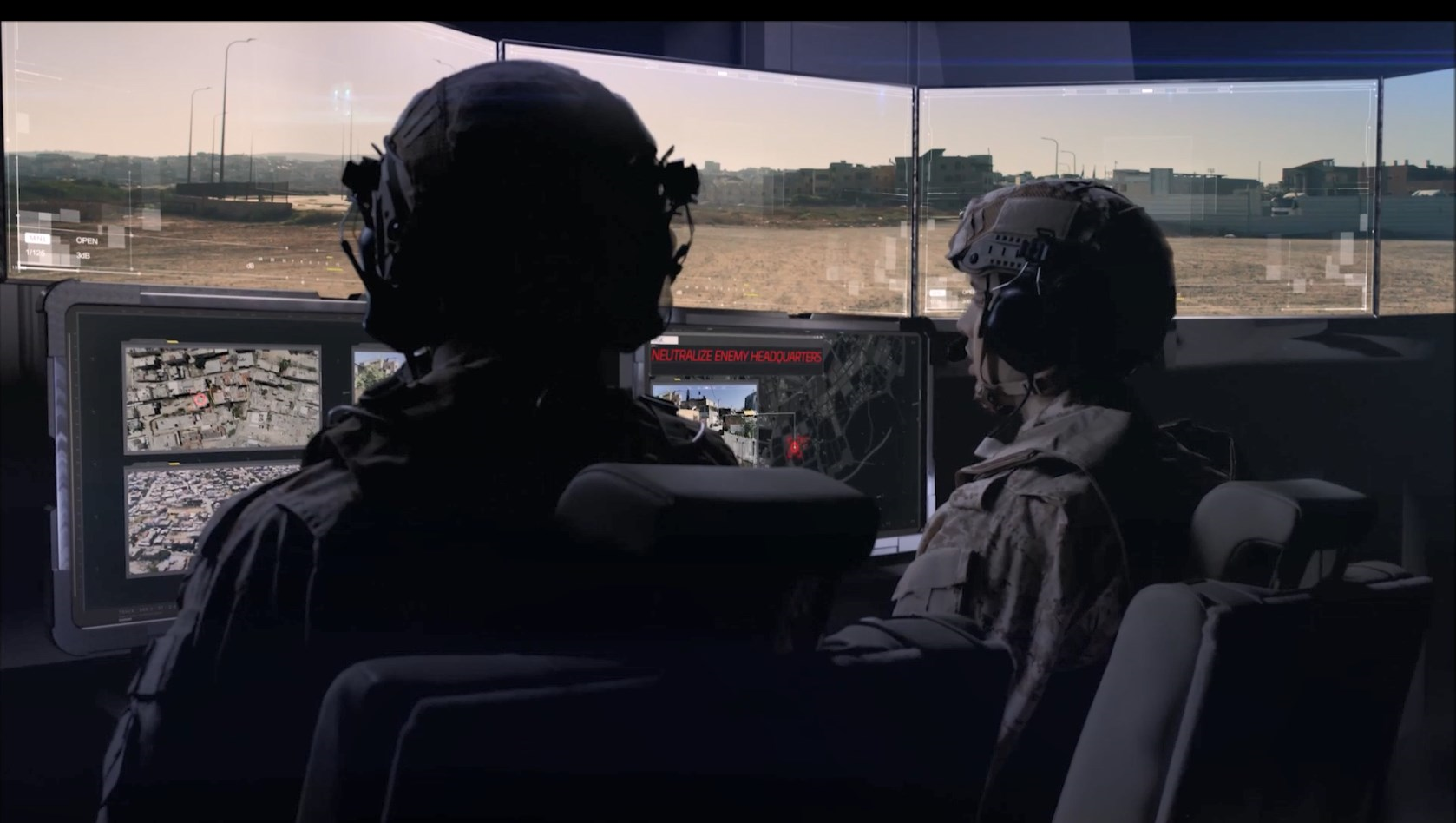
The Carmel concept is groundbreaking on a global scale, and has grabbed the attention of many industries and militaries around the world. The program combines an innovative operational concept with the latest and most advanced state-of-the-art technologies, which provide solutions in the future battlefield based on a small team, and extensive reliance on autonomous capabilities based on artificial intelligence (AI), all while minimizing the risk to human lives in a ground campaign, minimizing collateral damage, and streamlining battle management.
IAI President and CEO, Boaz Levy:“We are very proud that the IMoD and the Land Forces Division selected the Carmel solution presented and developed by IAI. The central principles behind the company’s concept of land combat include intelligence gathering and acquisition of targets in the battlefield, conducted autonomously. The Carmel solution, as demonstrated by IAI, brings to the world of land combat the concept of system of systems championed by IAI, and includes a combination of capabilities, systems, groundbreaking innovation and connection to the world of artificial intelligence as an additional strategic capability the IDF can use in the future battlefield. Carmel will enable complex ground operations with less risk to human lives, which will transform ground combat strategy as we know it today.”
The central technologies IAI is developing for land maneuvering forces include:
• Command System – the brain, in charge of planning and managing the combat team’s missions autonomously.
• Situational Awareness System – combining advanced capabilities in the areas of radars, SIGINT, and electro-optics, simultaneously locating threats on land, in the air and more that fall within the combat team’s field of interest, classifying targets in real time and quickly and accurately differentiating and prioritizing between friend or foe.
• Lethality System – in charge of classifying and prioritizing targets in real time, by allocating the most appropriate lethal tool for each target from a range of munitions at the combat team’s disposal.
• Mobility System – in charge of planning optimal routes of advancement for each of the vehicles in the combat team during missions.
• Operations System – team members can observe the battlefield in several dimensions, and thus gain a better understanding, and an innovative user interface will enable combat soldiers to receive optimal decisions when they are required to make them.
IAI’s ELTA Division is home to Israel’s intelligence and radar systems that develops groundbreaking strategic systems like special-mission aircraft, national cyber arrays, land robotics systems, drone defenses, border patrol defense systems, and more. IAI is a focal point of national and global technological knowhow in the fields of air defense, radars, satellites, unmanned vehicles, civil aviation and cyber.
